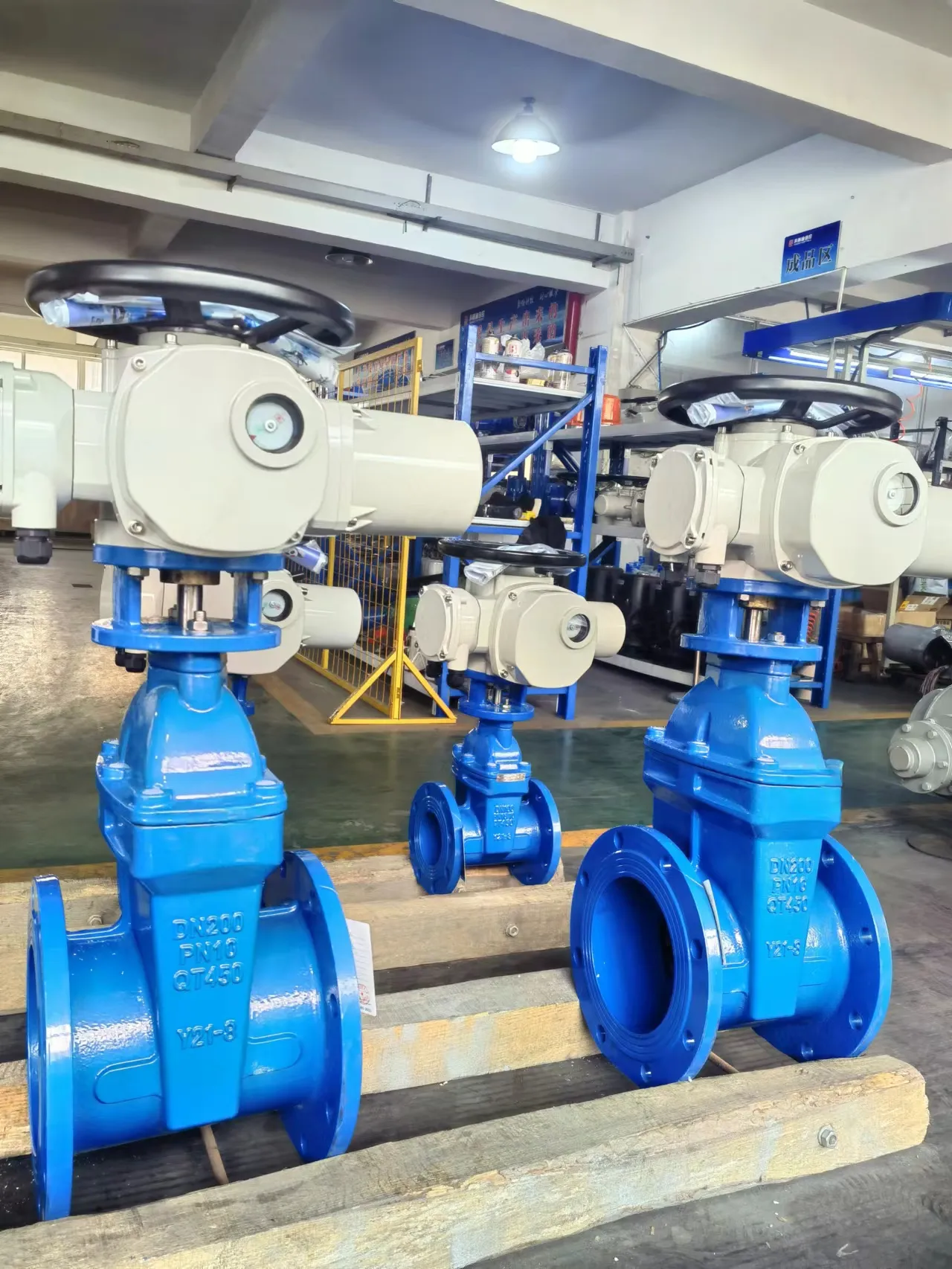Jul . 20, 2024 11:42 Back to list
Understanding the Importance and Applications of Metric Ring Gages in Precision Measurement Techniques
Understanding Metric Ring Gages Precision Tools for Measurement
Metric ring gages, often referred to as ring gauges, are precision measurement tools widely used in manufacturing and mechanical engineering. These tools are critical for ensuring the dimensional accuracy of cylindrical parts, particularly those that require a precise fit, such as bolts, shafts, and various components in machinery.
What Are Metric Ring Gages?
A metric ring gage is essentially a cylindrical ring with a specific internal diameter designed to check the external dimensions of a workpiece. Unlike other gages that measure a range of dimensions, a ring gage is typically designed for specific nominal sizes and tolerances, making it a go-to tool for quality control in manufacturing processes.
Typically made from hardened steel, these gages are extremely durable and resistant to wear. They come in different types, including Go and No-Go gages. The Go gage indicates the minimum acceptable size, while the No-Go gage denotes the maximum acceptable size. When a manufactured part is measured using these gages, it must fit into the Go gage while not fitting into the No-Go gage; this ensures that the part is within the specified tolerance limits.
Importance in Quality Control
In the context of quality control, metric ring gages play an essential role in maintaining standards in production. In industries where precision is paramount—such as aerospace, automotive, and medical devices—strict adherence to tolerances is crucial for ensuring safety and functionality. By using ring gages, manufacturers can quickly assess whether a part meets the necessary specifications without needing complex measuring equipment.
metric ring gages

Regular use of metric ring gages helps in minimizing errors that could arise during production. For instance, if a shaft is too large, it may not fit in its intended application, leading to expensive rework or replacement. Conversely, a shaft that is too small can compromise the quality of the assembly. As such, these gages help manufacturers avoid costly mistakes and ensure product reliability.
Calibration and Maintenance
To ensure accuracy, metric ring gages themselves must be calibrated regularly. Calibration involves comparing the gage against a known standard and making any necessary adjustments. Additionally, proper maintenance is vital; gages should be cleaned and stored correctly to prevent damage or contamination. This care ensures that they provide consistent and accurate measurements throughout their operational lifespan.
Advancements in Technology
With advancements in technology, the production and versatility of metric ring gages have evolved. Digital ring gages equipped with electronic sensors are on the rise, offering additional functionalities such as data logging and integration with computer systems for streamlined operations. Such innovations can enhance productivity and provide real-time data analysis, further improving quality control processes in manufacturing.
Conclusion
In summary, metric ring gages are indispensable tools in the manufacturing industry, serving as reliable indicators of dimensional accuracy. By enabling manufacturers to adhere to strict tolerances, they play a critical role in quality control and overall operational efficiency. As technology continues to advance, the functionality and application of these gages will expand, further solidifying their importance in precision engineering. Understanding and effectively utilizing metric ring gages can lead to significant improvements in product quality and operational productivity, underscoring their vital role in modern manufacturing processes.
-
Water Valve Gate Design Prevents Leakage and CorrosionNewsJul.11,2025
-
Steel Fab Table Features Reinforced Construction for LongevityNewsJul.11,2025
-
Specialized Valve Designs for High Pressure SystemsNewsJul.11,2025
-
Machinist Gauge Pins Feature Ground and Lapped FinishesNewsJul.11,2025
-
Hose Check Valve Prevents Backflow in Irrigation LinesNewsJul.11,2025
-
Durable Micrometer Tools Withstand Heavy Workshop UseNewsJul.11,2025
Related PRODUCTS









